Google Analytics 4: The Future of Data-Driven Insights
What is Google Analytics 4 (GA4)?
GA4 represents the latest evolution in analytics technology, offering more profound insights into user behavior across various platforms. It is an essential tool for businesses striving to succeed in today’s digital-first landscape. This powerful tool was introduced after Universal Analytics was discontinued in July 2023, and Google has since automatically migrated all existing Universal Analytics properties to GA4. However, businesses must configure and optimize GA4 to meet their specific data analysis needs to unlock its full potential.
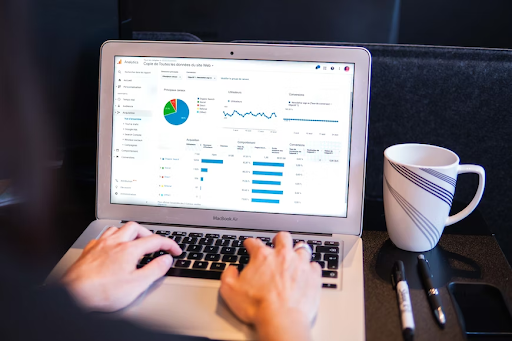
Key Features of GA4
- Unified cross-platform tracking: Track user journeys seamlessly across websites and mobile apps, giving you a holistic view of your audience.
- Event-based data collection: Record every user interaction—from clicks and scrolls to video views—with incredible precision.
- Real-time insights: With Google Tag Manager integration, businesses can act immediately on actionable data, boosting their response times and decisions.
- Privacy-centric design: GA4 is built with privacy in mind, ensuring compliance with global regulations like GDPR while maintaining robust analytics.
- Advanced machine learning: Predict user behavior and uncover insights to refine your marketing strategies and decision-making processes.

Why was upgrading to GA4 important?
The upgrade to GA4 wasn’t just a recommendation but a necessity. Universal Analytics, while effective for its time, no longer meets the needs of today’s multi-device, multi-platform users. GA4 empowers businesses to adapt by delivering richer data, improved analytics, and features designed for a future without third-party cookies.
By transitioning to GA4, businesses gain access to:
- Future-proof analytics: Stay prepared for a cookie-less world with first-party data collection and advanced modeling techniques.
- Comprehensive insights: Understand your audience more deeply, identifying trends and behaviors across all platforms.
- Improved ROI: Optimize your marketing strategies using data-driven insights and custom reports.
- Smarter marketing integration: Align your campaigns with user behavior through enhanced Google Ads integration.
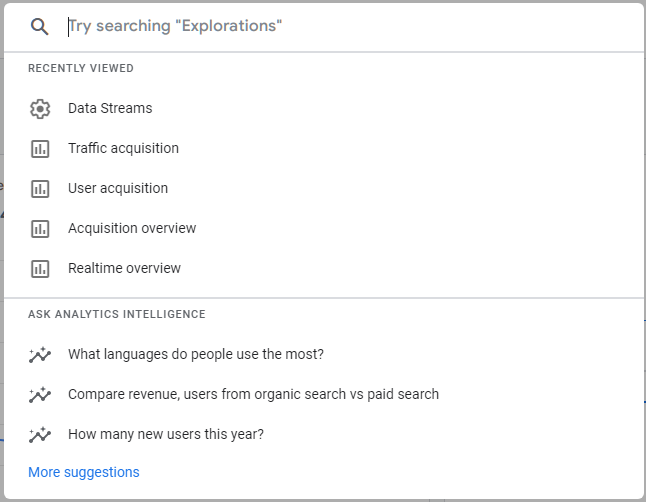
Google Analytics 4: Transforming Your Business
GA4 is more than an analytics tool; it’s a powerful driver of business transformation. GA4 helps businesses make more intelligent decisions faster by simplifying data collection and offering actionable insights. Whether understanding your audience, optimizing conversion paths, or tailoring marketing campaigns, GA4 equips you to stay ahead.
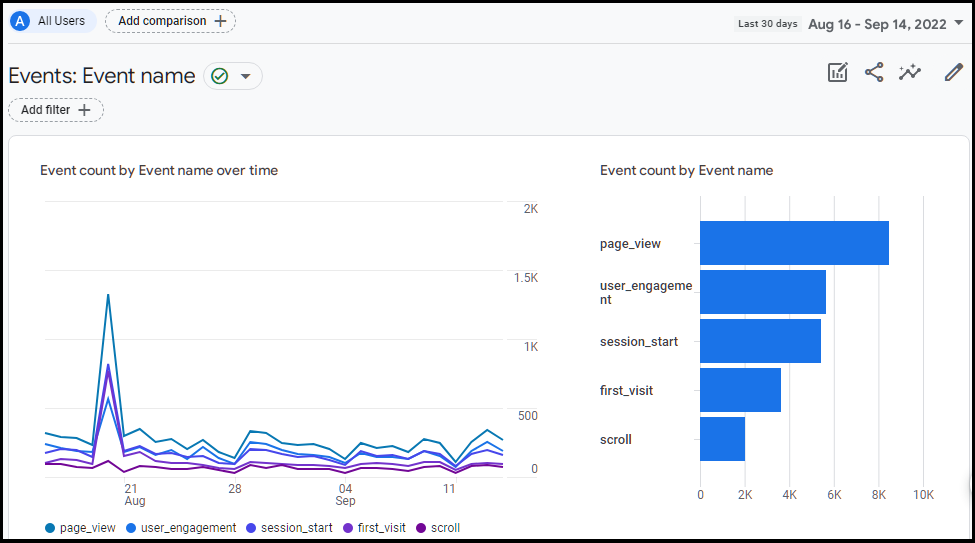
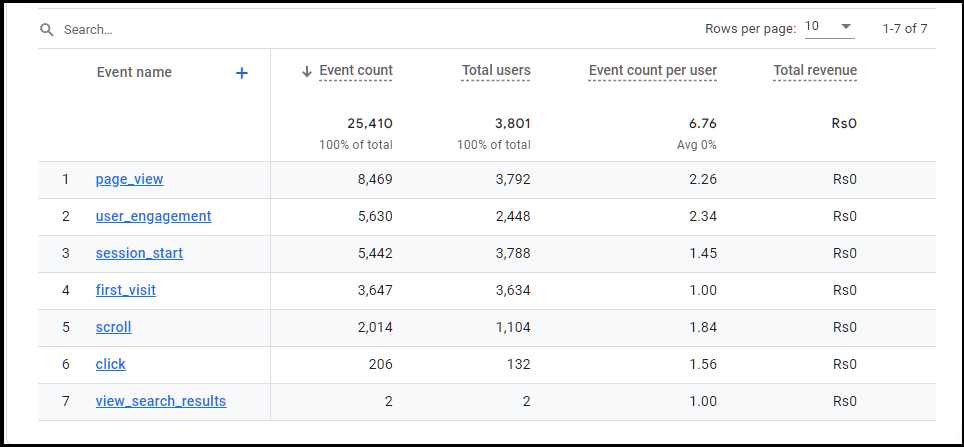
Conclusion
Google Analytics 4 represents a giant leap forward in how businesses understand and engage with customers. From its privacy-centric design to its machine-learning capabilities, GA4 provides the tools needed to thrive in today’s competitive digital landscape. With the ability to track cross-platform interactions, predict user behavior, and customize data insights, GA4 ensures you stay ahead of the curve.
At WebNetPK, we’re here to help you navigate this transformation. Whether setting up GA4 for the first time or looking to unlock its full potential, our team has the expertise to guide you every step of the way.

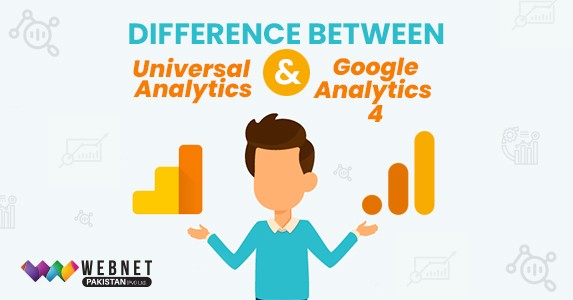

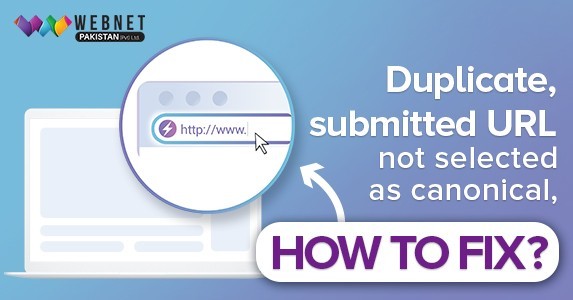
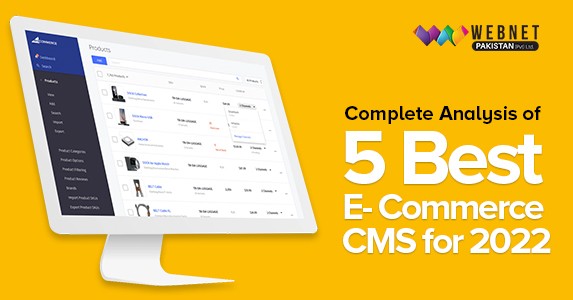

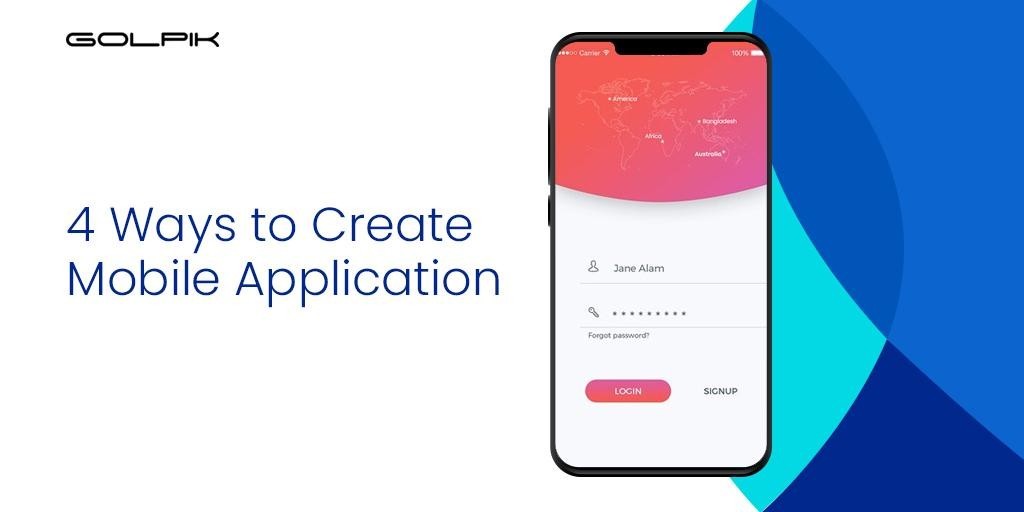
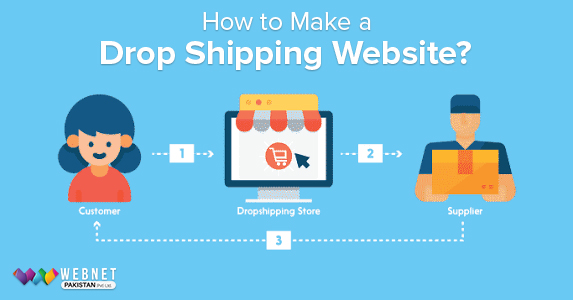



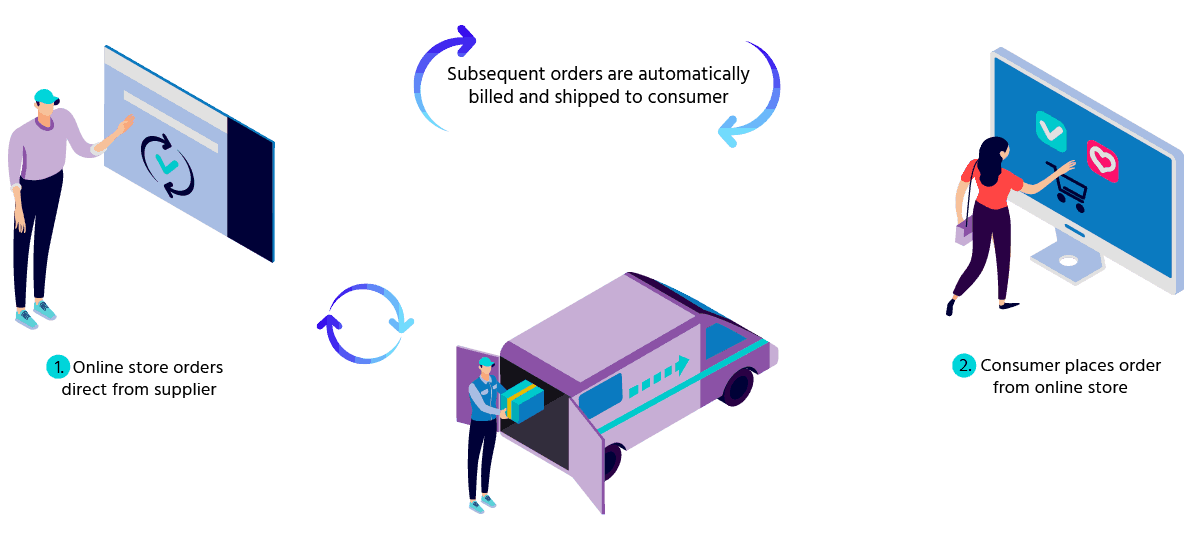
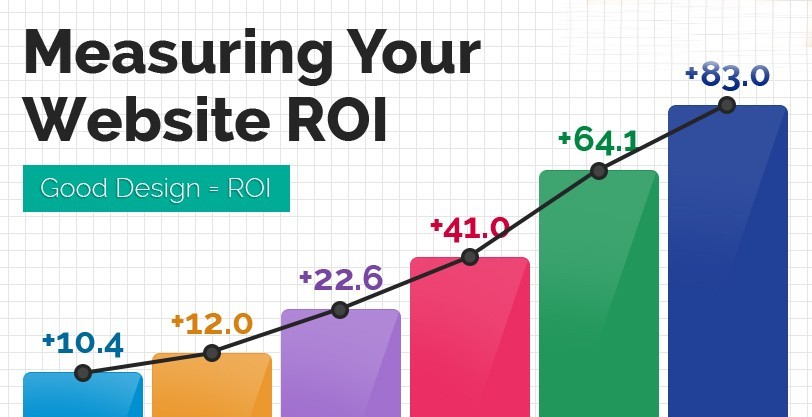





0 comment